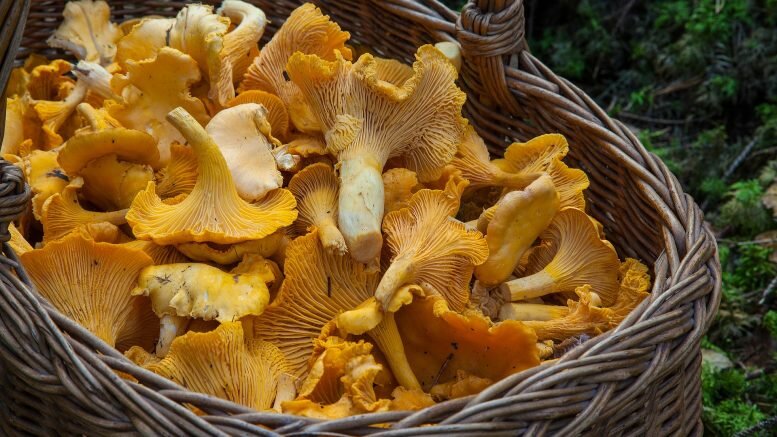Slightly delayed mushroom and berry season in Norway this year
They are wild, healthy and perfect served together with game. For those who have not found any mushroom or berries yet, do not worry, it can be due to a bit of delay.
With such large variations between dry and humid and hot and cold as it is this year, it is difficult to comment on the mushroom and berry season in Norway as a whole. The chairman of Norway’s Mushroom and Nutritional Growth Association, Ingrid Falconer Roe, nevertheless makes an attempt:
– In general, we have been notified of, and found, that the mushrooms has come later than usual, although they have appeared in copious amounts some places before disappearing again. The berries are generally ripened a little later than usual, a couple of weeks, but now the blueberries are available and after that the lingonberries are next in line, she tells NTB.
Cloudberries she herself has found a lot of in the lowlands, but points out that there are few found above 800-900 meters, probably due to the cold weather this year.
The federation nevertheless believes in a good season, but doubt that it will be a record year.
Geographical differences
Every year, they receive status reports from around the country. Coordinator for mushroom control, Anne Dorthe Sunde, points out that it must be a little hot and enough rain at first, followed by cooler weather, this will entice the mushrooms to think that it is autumn soon and hurries to spawn.
– Amazingly, there has not been made much research on this, but too much drought and a lot of cool weather often reduce amounts and sizes. In Western Norway it has been a little too cold this year, in southern Norway we get reports that it is too dry near the coast, while there is a lot of mushrooms and fungi inland. At the same time do not travel too high up, there it is too cool. Here at Romerike, the fungus is on the late side. I have found a little bit of chanterelle and leccinum versipelle, but not in large quantities, there may have been to low temperatures here as well, says Sunde.
Mushrooms are usually to be found in the same places for long periods of time, so if you know of a mushroom place, the tip is to check there first.
Food tradition
The gathering season in Norway coincides with the hunting season, and every fifth inhabitant is registered as a hunter. Adding to anyone who loves game meat and bird, there are millions potentially looking to top their meals with favourite accessories, which include lingonberries, cloudberries, mushrooms and other exclusive ingredients we can find for free in the nature.
In addition to the fact that this interest has risen sharply in recent years, people are beginning to get their eyes up for a variety of other growths we can gather:
– It is being invested a lot into getting children and families with children, into the nature, says Roe.
On “Mushrooms day”, September 3, which is collaboration between the Association and The Norwegian Tourist Association (DNT), is inaugurated.
Ants and more
“Tour with Turbo” is a pilot project that starts this autumn in Eastern Norway, continues in the spring and will be a book about tour food. Turbo is the mascot of Barnas Turlag (The Kids Tour Corp).
– There will be more events where families and children can join in, see what they find and cook with it. In autumn, there will be plenty of berries and mushrooms, but also mead herbs, as an example, which is in season now, says editor of Mushroom and useful growths (Sopp og nyttevekster), Lent Johansen.
On trips to beach areas, people will learn more about edible algae. On trips to spring, there may be nettles, sorrel and even ants on the menu.
– The philosophy is to cook whatever we find, not to go and look for some specifics. On the trips this autumn we make pancakes, pinions and soups, and we see what we can find that can contribute to that, says Johansen.
© NTB Scanpix / Norway Today




